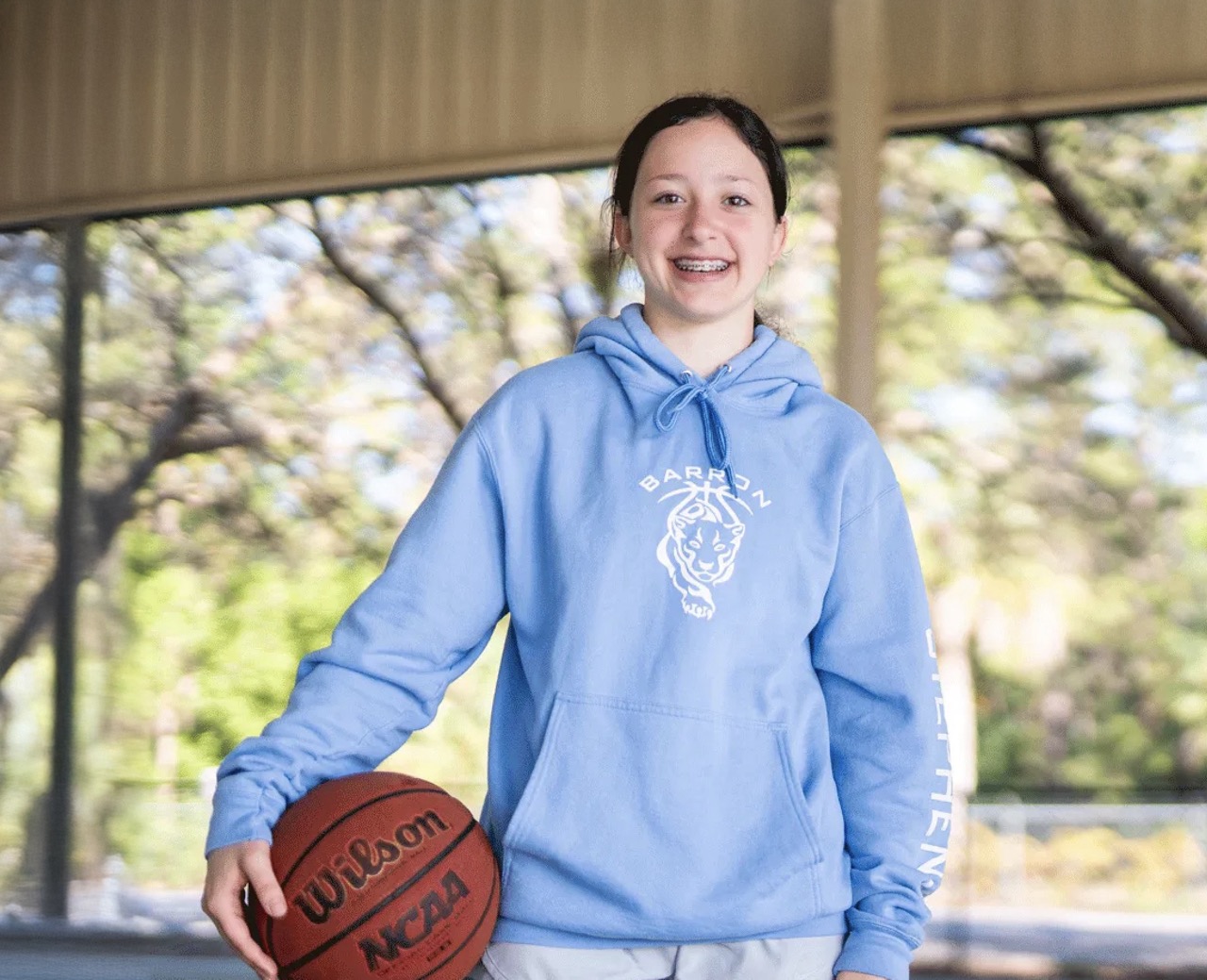All-Inside ACL Reconstruction
If you have suffered an ACL injury and your torn ligament cannot be repaired, your doctor will likely recommend an ACL reconstruction procedure. This is what you should know about minimally invasive ACL reconstruction.
What Is ACL Reconstruction?
During ACL reconstruction, your damaged ligament is removed from your knee and replaced with a graft. Usually, the graft is harvested from a tendon in your leg, which is called an autograft, or donor tissue, which is called an allograft. The most common grafts for ACL reconstruction are from the quadriceps, patellar, or hamstring tendon.
After the graft is harvested, it is placed into tunnels that are drilled into your bone and secured with screws, buttons, or suture.
All-inside ACL reconstruction is a bone-preserving technique that is less invasive than alternative reconstruction techniques because fewer tunnels are drilled into your knee, resulting in less pain and suffering.1-4
What Are the Benefits of All-Inside ACL Reconstruction?
ACL reconstruction is the traditionally accepted treatment for ACL injuries,5 and minimally invasive all-inside ACL reconstruction is a reliable procedure with consistent outcomes.1,6 Long-term clinical data shows successful results,6-8 and patients experience less pain1-4 and suffering2-4 than those who experienced alternative ACL reconstruction techniques. Patients who underwent all-inside ACL reconstruction reported better knee stability and range of motion5 and faster recovery than patients who underwent traditional ACL reconstruction.9
Important Points to Consider
Your torn ACL is removed and reconstructed, and sockets must be created in your bone to insert the graft. If your doctor uses an autograft for your ACL reconstruction, your body must also heal the graft-harvest site. ACL reconstruction patients must wait longer to return to sport, activity, and school than ACL repair patients.10,11
Find a Doctor Near You
Types of Grafts
A graft is the tissue used to replace your damaged natural ligament. The graft becomes your new ACL.
There are two kinds of graft categories. An autograft is tissue from your own body and is more common for athletes and active patients. An allograft is donor tissue and is more common for revision or multiligament knee injuries. Your doctor will select the most appropriate graft choice based on many factors, including your age, activity level, health, and specific injury.
Although there are many options, some grafts are more common than others. Here is what you need to know about the different graft types.
Quadriceps Tendon Autograft
The quadriceps tendon, or QT, is one of the fastest-growing ACL reconstruction grafts due to its consistently large size,12 a less invasive approach,13 and equal or better clinical results.14 It continues to gain popularity worldwide.
Benefits of Quadriceps Tendon Grafts
ACL reconstructions using a quadriceps tendon graft can help patients return to activity faster15 with a lower likelihood of revision surgery than ACL reconstructions using a hamstring tendon.14 Quadriceps tendon grafts are less invasive to harvest13 and stronger than patellar tendon grafts.12
Important Points to Consider
Not all sports medicine surgeons use the quadriceps tendon for ACL reconstruction—some prefer a more traditional graft choice. Because the quadriceps tendon is only recently gaining popularity, long-term clinical data is limited.
Patellar Tendon Autograft
The patellar tendon graft, also called the bone-patellar tendon-bone, or BPTB, graft, is widely used in ACL reconstruction, especially for athletes and other very active patients.16 It is known for early healing and fixation due to the bone plugs at each end of the graft.16 Harvesting bone plugs requires large incisions,17 so ACL reconstructions with patellar tendon grafts are more painful than other graft options.18
Benefits of Patellar Tendon Grafts
Historically considered the “gold standard” graft,16 the patellar tendon is a widely used graft option among sports medicine surgeons16 with clinical outcomes that show fast graft healing.19
Important Points to Consider
Larger incisions and scarring are associated with ACL reconstructions using a patellar tendon graft.17 Patients reported a significant increase in pain18 and more difficult recovery17 than those who received other graft options. Over time, knee discomfort may develop, and kneeling on hard surfaces may be painful.17,20
Hamstring Tendon Autograft
The hamstring tendon, another commonly used graft, has similar clinical outcomes to the BPTB graft but is less invasive.18 However, some patients who received this graft report increased hamstring weakness.17
Benefits of Hamstring Tendon Grafts
Sports medicine surgeons commonly use this graft because it is less invasive to harvest and the incisions are smaller compared to BPTB grafts.18 Patients have reported less knee pain than those with BPTB grafts.18
Important Points to Consider
Some studies show increased hamstring weakness,17 and hamstring tendon grafts may result in looser, more flexible joints.17
Allograft
An allograft is a graft that comes from a donor instead of your own body. Donated tissue from the quadriceps, patellar, or Achilles tendon are popular allograft choices.21 Allograft tendons are prepared using a patented sterilization process. This sterilizes the graft while keeping its biomechanical properties—the natural qualities that help the graft incorporate into your body.22-25
Benefits of Allografts
Allografts are good for revision or multiligament knee surgeries that require a lot of extra tissue.21 Surgery time is shorter,21 and patients have smaller incisions and less scarring.21
Important Points to Consider
An allograft may not be the correct choice for patients who have sensitivity to antibiotics and some cleansing agents.26 Talk to your doctor to learn more about potential complications and adverse reactions.










